The core of brand management is understanding customers and uncovering insights that allow you to position your brand successfully. A strong understanding of your stakeholders and the resulting insight into their needs is also at the core of stakeholder management. As marketers, you know that unless you fully understand your target customers, it is unlikely, if not impossible, that you will develop a value proposition that is truly meaningful to them.
Determining what is meaningful is challenging because what matters to different people relates not just to what your brand offers them in terms of functional benefits, but also what it offers in terms of emotional benefits. Functional benefits relate primarily to what the customer expects from a specific product category – what we call need states. Emotional benefits are more difficult to determine because they are generally connected to lifestyle and that varies significantly from one type of person to the next. This is why we use segmentation. It allows us to group similar customer types so that we can more efficiently serve them in positioning our brand to fit within the scope of their lives.
Stakeholder Management Constituencies
Stakeholder need states are driven by their functional role as an employee, a supplier, a distributor, a shareholder, and so on, but their emotional needs are connected to who they are as an individual, as a human being. To determine their emotional needs and lifestyle tension points – tensions and emotional needs that your business’s value proposition can fulfill and release – you need to understand who that individual decision-maker is both in and out of their specific stakeholder role.
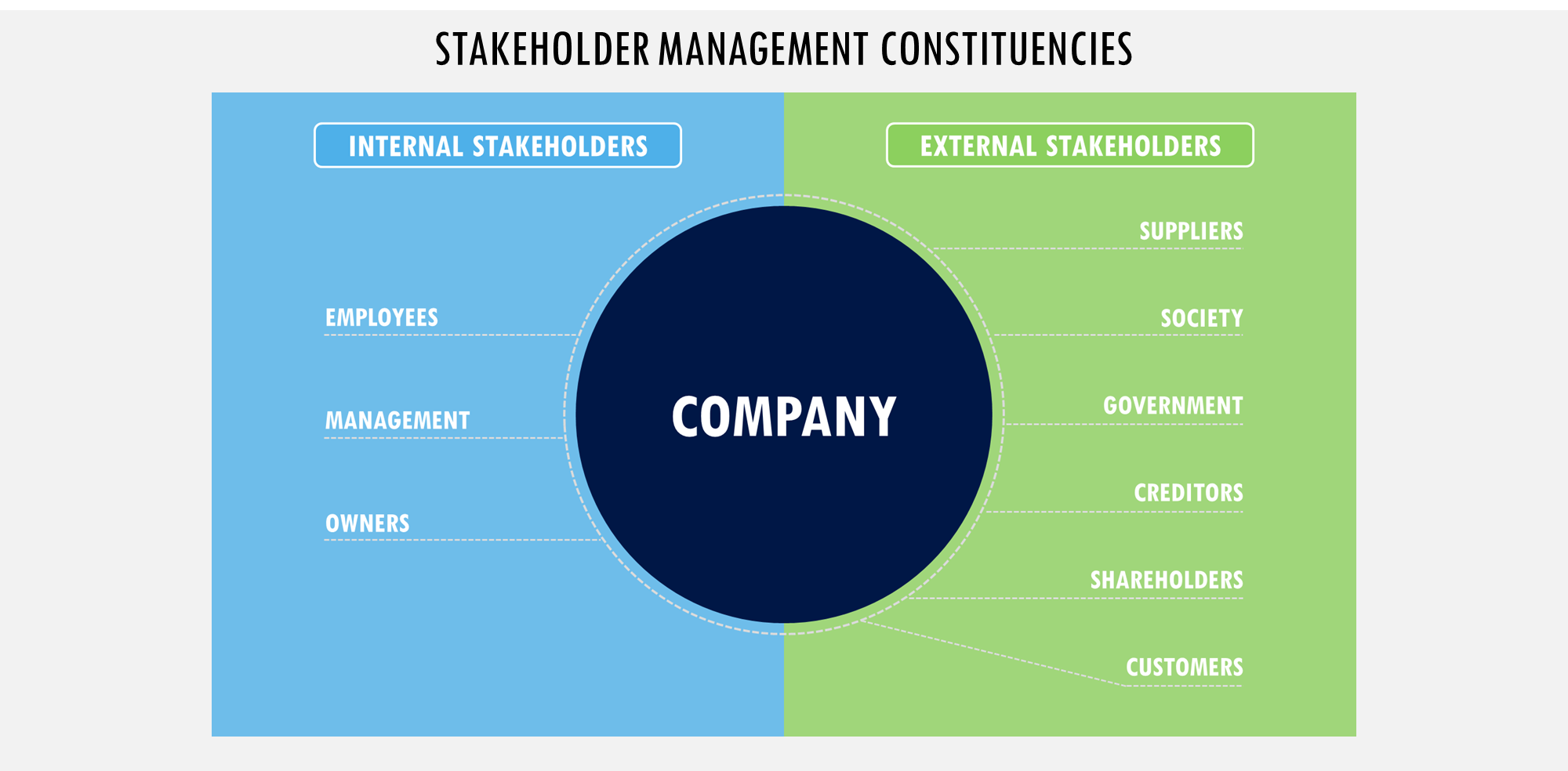
Stakeholders are humans too. They make decisions according to what they expect relative to the duties and responsibilities of their role as a stakeholder. This could include need states such as compensation packages for employee stakeholders, investment risk profiles for financial services stakeholders, or unemployment mitigation proposals for political stakeholders. But if we dig a little deeper, if we burrow underneath the job title and functional role, we get to the human being that makes the decisions. As human beings, stakeholders make decisions based on emotional needs and tension points as well as on the functional issues and benefits that are more easily identified and addressed. It is by addressing these emotional need states and tension points that we can uncover insights that will motivate and engage them.
From CSR to CSV
We need to re-think how we view CSR (Corporate Social Responsibility) to be less about who is responsible, and more about motivating positive engagement by creating CSV (Corporate Social Value) that is meaningful to each stakeholder.
Business Community Leaders Need to Shift Their Thinking

Just as in brand management, insights into need states are relatively easy to determine for stakeholders. They are typically rationally driven by their role (employee, supplier, distributor, community leader, etc.). They are measurable. We can objectively evaluate them versus available alternatives to what your business is offering. However, stakeholder motivations vary significantly in how they view value. Take the employee stakeholder. With a notable shift from ‘me’ to ‘we’, work and career are becoming the most powerful expressions of who employees are as people, and what they aspire to be for themselves as individuals and as a society. It is no longer enough to simply pay them, train them, provide them with a safe work environment and leave their emotional wellbeing for them to take care of in their own time. Remember Maslow’s Hierarchy of Needs?
Maslow’s Hierarchy Has Evolved to Today’s World

What a company does and how it inter-relates with its employees, suppliers, and communities, came into sharp focus during the COVID pandemic. In the news every day we see examples of business leaders taking positive action not just to benefit customers, but employees and communities as well. And it isn’t just about the pandemic.
Pre-COVID, in Hungary and Poland, when politicians enacted discriminatory legislation against the LGBTQI community, Coca-Cola launched the love is love advertising campaign. Consumers noticed and appreciated the inclusive communication that got to the core of what Coke stands for as a brand – optimism, and inclusivity. In the United States, where racial division is tearing the social fabric of the country, Coke ran an advertisement during the Superbowl broadcast to the music of America the Beautiful. The song represented the physical beauty of the country; Coke took it a step further by adding culture, language, and diversity as central elements of America’s beauty.
Coke’s younger customers tend to be much more open-minded than their parents. They look at what Coke has communicated about inclusion and diversity and respond positively. Likewise, employees, suppliers, retailers, and local community leaders.
Employees want to work for a company they can be proud of. A company that stands for something. A company that has a purpose. Increasingly, investors are asking financial advisors about how social and environmental responsibility affects their willingness to buy shares in a company. They are all seeking a sense of purpose which is very much an emotional driver.
Issues that Impact Work and Career Motivations

But just as within brand management, understanding and then addressing and releasing emotional tension points for stakeholders is difficult. A truism about the human species is that we tend to make emotional decisions and then look for rational reasons to support that emotional decision. We see this in both our personal and our professional lives all the time. When we make a clear case for the rational benefits of whatever we are proposing, we sometimes experience a lack of response or even a negative response, one we don’t understand because it is contrary to how we view the issue or the situation.
We see this in politics on both sides – US Republicans think Democrats are living in an alternative universe and vice versa. They are both living in alternative universes – ones that are rooted in deep feelings and strong emotions that touch on their sense of trust, safety, fairness, and justice. All are emotionally driven, using logic and facts selectively to support what they want to believe.
No number of facts or rational arguments will motivate the action you are seeking unless you deal with the underlying emotional needs and tension points. Consequently, stakeholder management starts with a deeper understanding of each of your stakeholder constituencies. Only after understanding who the key stakeholders are as human beings and identifying their functional and emotional needs, can you then develop strategies to meaningfully engage them in what you want to do with your business.
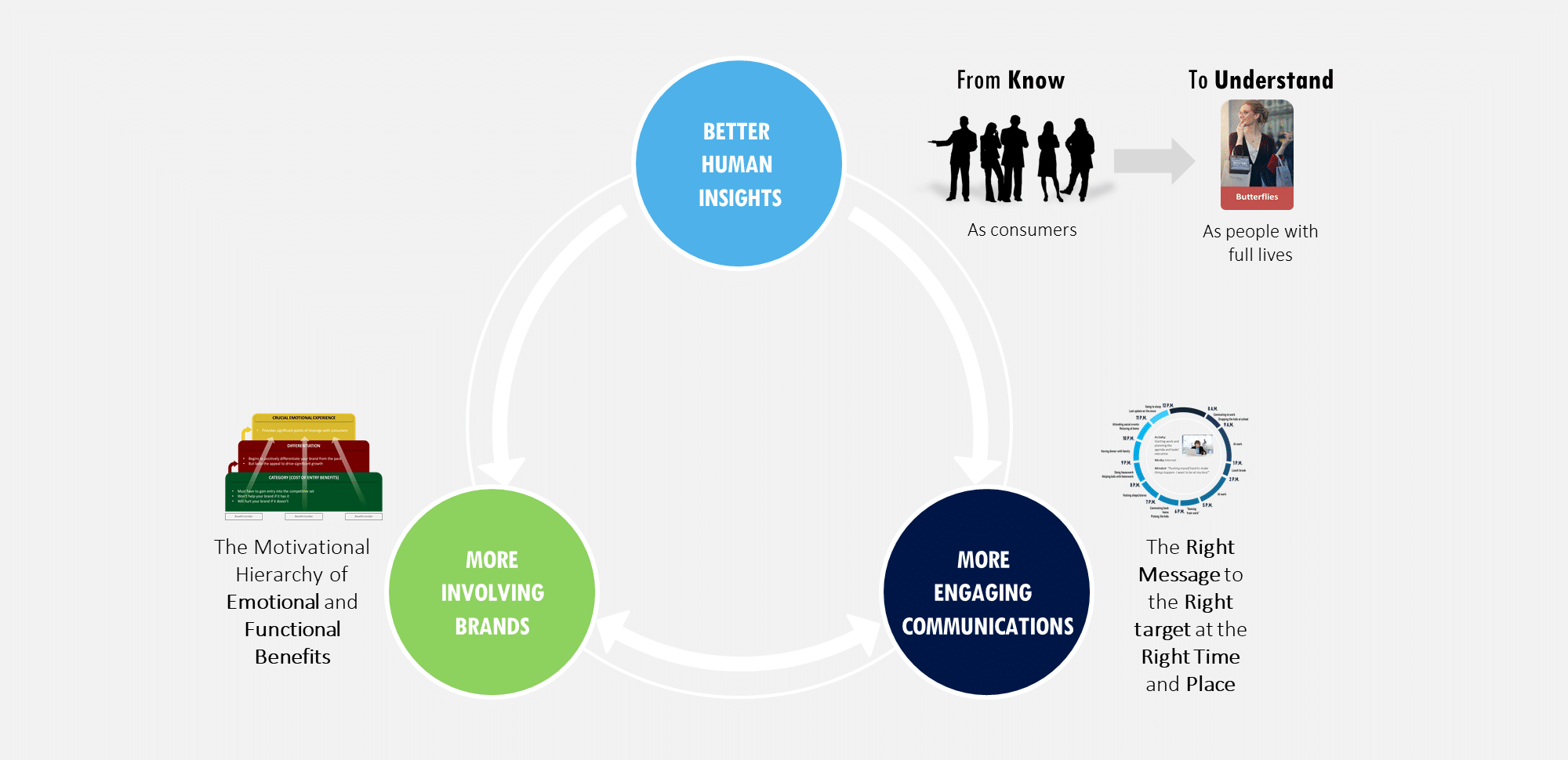
The importance of Values and Beliefs
We know that a brand is stronger if we can shift the focus from functional benefits to emotional benefits – particularly ones that tie into a customer’s sense of belief in who they are or want to be.
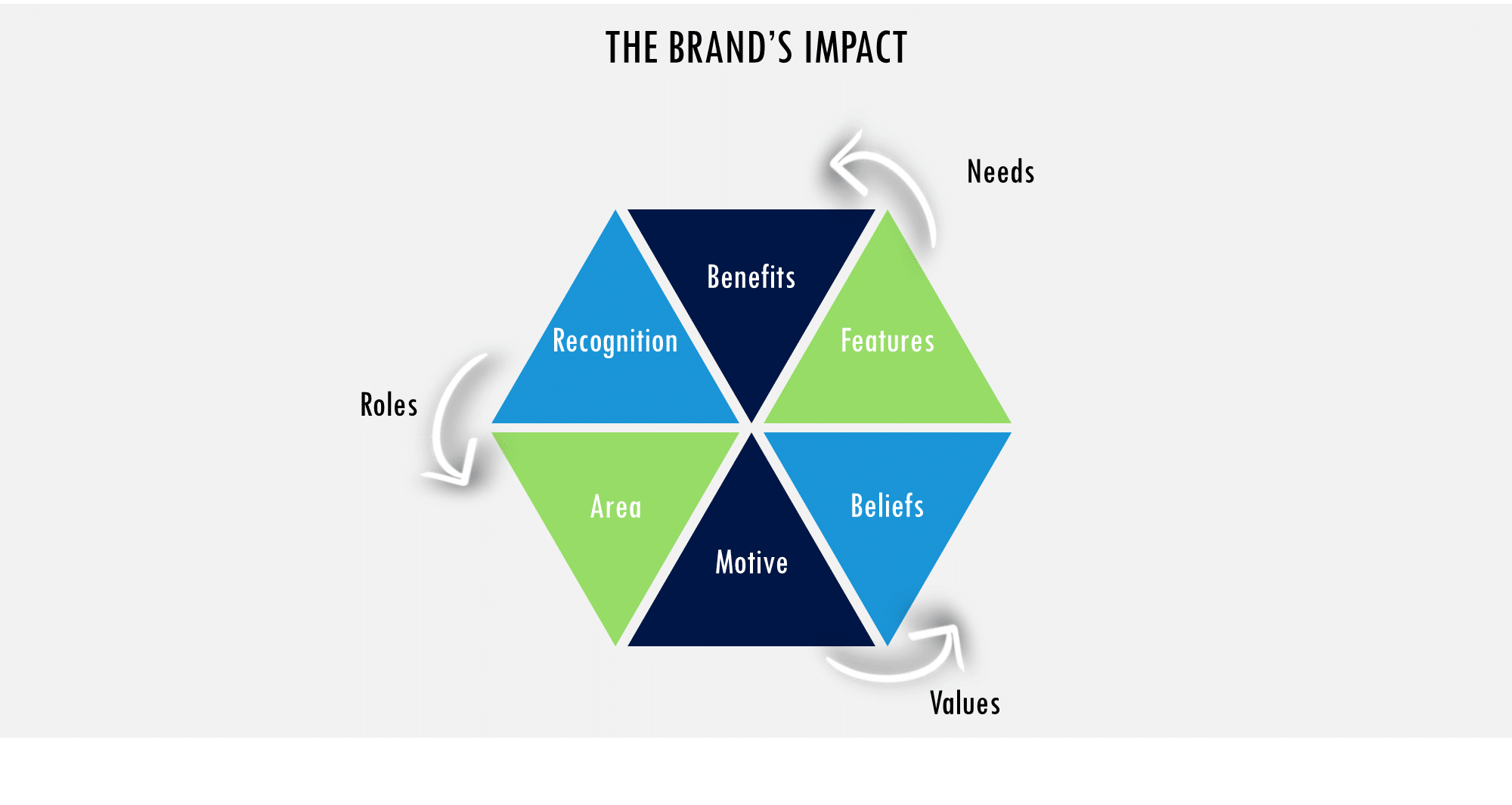
For example, Coke has moved from simply showing consumers happily drinking Coke at special occasions and holidays, to showing the role they can play in making those occasions more optimistic and joyful. Nike has moved from an over-reliance on their iconic swoosh to the role their product can play in helping customers reach their personal best. Volvo is making its customers feel like they are better parents for keeping their children safe. The list goes on.
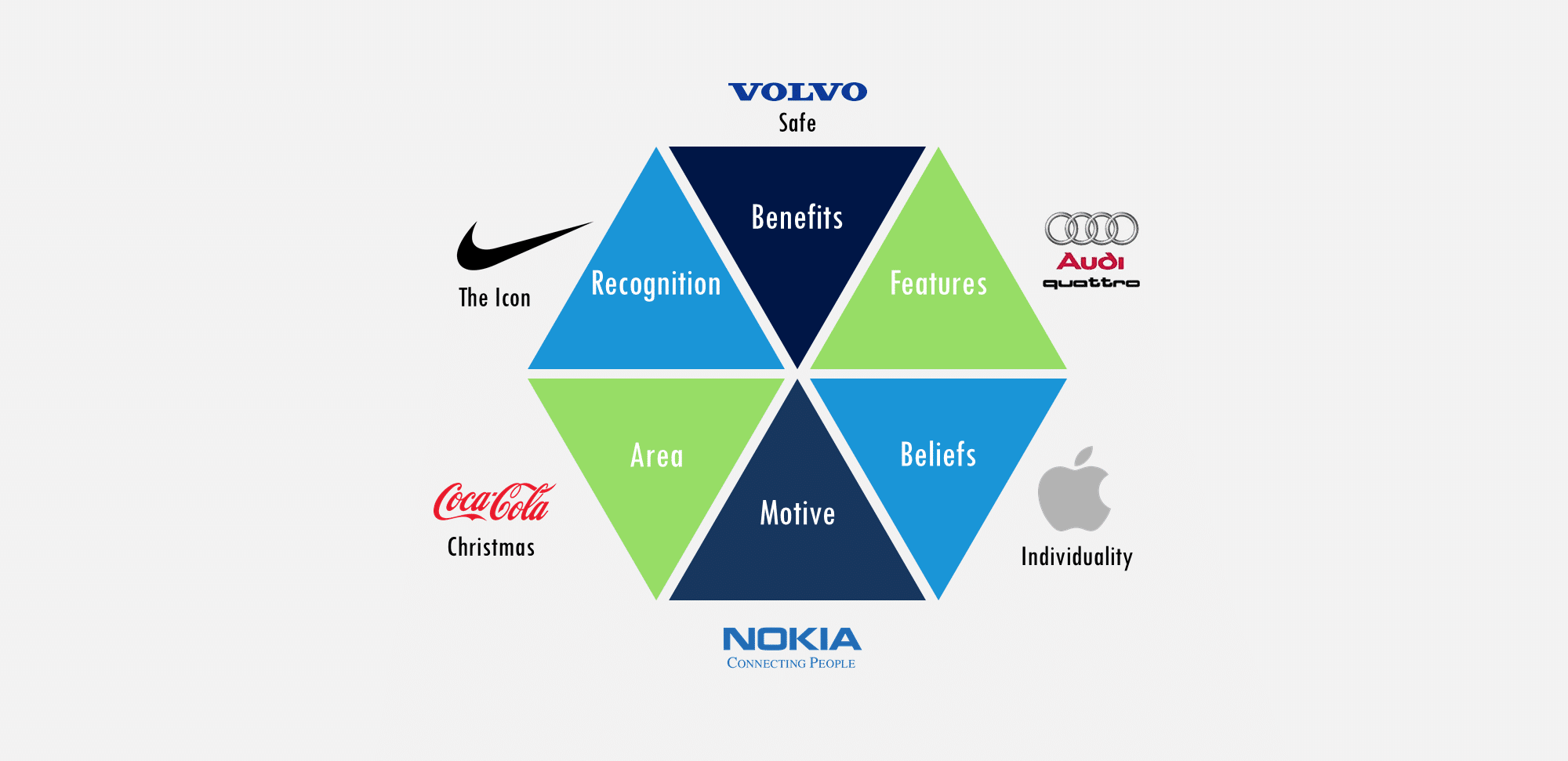
Apple taught many of us the power of aligning brand beliefs with customer beliefs when we initially could not understand why people would buy a computer brand that arguably didn’t offer any significant features and functional benefits that couldn’t be found in other brands for half the price. We missed the point. Apple was appealing to unique individuals and their need to express themselves with their think different position so eloquently stated in the commercial that became not just a manifesto for customers, but for employees and even shareholders and communities.
The Crazy Ones
Here’s to the crazy ones.
The misfits.
The rebels.
The troublemakers.
The round pegs in the square holes.
The ones who see things differently.
They’re not fond of rules.
And they have no respect for the status quo.
You can quote them, disagree with them,
glorify or vilify them.
About the only thing you can’t do is ignore them.
Because they change things.
They push the human race forward.
While some may see them as the crazy ones,
we see genius.
Because the people who are crazy enough to think
they can change the world, are the ones who do.
But how many companies outside of, say, creative agencies and architects use Apple as their company’s computer supplier? Very few. The reason is both rational and emotional. Price will be the rational barrier often cited, but even if Apple were to lower its price, the emotional aspects of its value proposition (individuality and creativity) create an emotional barrier and tension point for a company’s IT manager.
Business owners may like the think different creativity and individualism of Apple because it reflects their beliefs as individuals, an emotional motivation consistent with being an entrepreneur. But if the decision is made by the IT manager, which it typically is in most businesses, the last thing the IT manager wants is individuality. Individuality means lots of adaptions and customized requests. One IT manager I know described the crazy idea of using Apple as the company’s computer supplier as the inmates running the asylum. Conformity equates to safety for an IT manager. It’s simple and easy to manage which is why most IT managers pick mainstream brands like Dell, HP, and Lenovo.
The Gatekeeper Example
The gatekeeper issue is common in consumer product marketing. If you want to sell your cereal to appeal to kids by featuring fun characters and games in your promotional material, you’ll get nowhere unless you deal with the parent gatekeeper. If the parent is from the Balancer segment, they will often feel guilty because they don’t balance family time with work time well enough. They feel guilty, a strong emotional tension point, and they’ll spoil their kids with sweet cereals like Coco Puffs. But a parent from a more disciplined segment such as Actualizers will look closely at the vitamins and fiber contained in the product. Their emotional tension point is always striving to be the responsible and well-prepared parent.
They’ll study the nutritional label of the cereal and likely choose muesli with dried fruit and whole grains. With products such as these, the strategy is to appeal to the kid (consumer) and get the mom’s (the gatekeeper’s) approval. Apple seems solely focused on the end-user and forgets the role of gatekeepers in the B2B (Business to Business) sector.
Effective stakeholder management involves and appeals to all stakeholders within an aligned brand strategy but appreciates the unique functional and emotional needs of each one relative to their stakeholder role as decision-makers, as individuals, as human beings.
Business leader Segmentation
Just as there are models that include and differentiate customer targets such as the Balancer or Actualizer parent, so too there are business segmentation models that can and should be utilized when developing a positioning strategy that is expanded to involve each stakeholder. Your external stakeholders will primarily fall into businesses such as suppliers, distributors/retailers, financial services, and community leaders. You can use a business segmentation model to better understand them both as business leaders and as human beings. Business leaders also buy for emotional reasons and then look for rational reasons to explain their emotional decisions. Government and community leaders are also distinct in how they balance emotional and functional needs. They, too, can be segmented.
Stakeholder Business and Community Leaders are Humans, too
The Business Leader segmentation is a fusion of business situations (focusing on business-related need states and purchase decisions) and a standard psychographic segmentation (inclusive of business with personal lifestyle values and behavior patterns). In this way, we have a combination of both the rational and emotional sides of business decision-making.
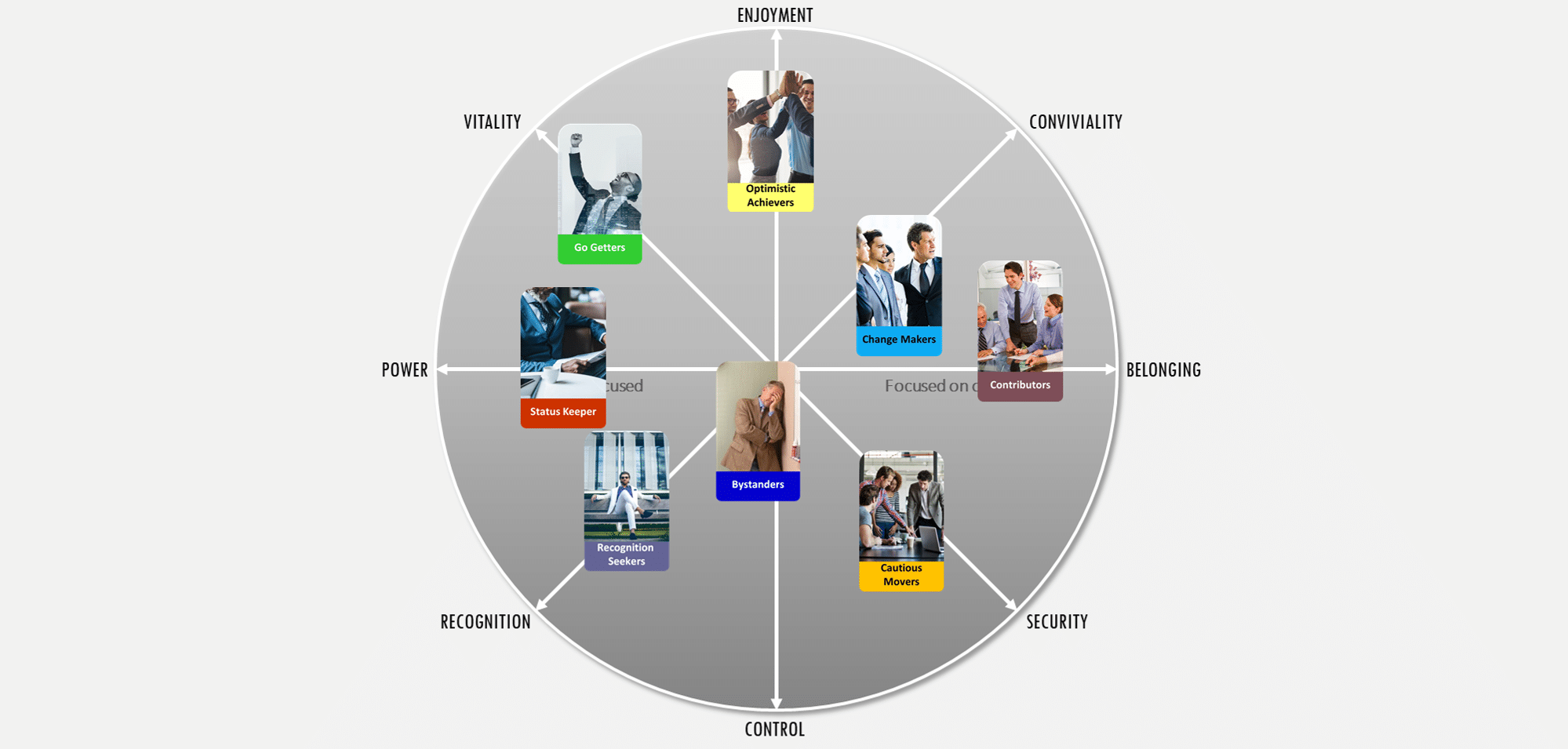
Based on this deep dive into relevant values, interests, and behaviors, eight unique Business and Community Leader segments are revealed:
• Optimistic Achiever – I can achieve what I set my mind to, personally and professionally. I have the potential to make it happen.
• Change Maker – I want to do something new that makes a difference. I will do my best to make it happen for my team and others around us.
• Contributor – Agreeing and contributing as a team is the key to a good strategy. Only together can we succeed.
• Cautious Mover – Moving forward, but at my own steady pace, I can get fruitful results without putting it all at risk.
• Materialistic Aspirer – I know the way forward to financial success and prosperity. The others would be smart to follow me.
• Floaters – “I’ll join in. Standing out can be too much of a burden.
• Power Seekers – To get the required results, one should take charge and be powerful.
• Go Getters – Doing what it takes to get things done, no matter what.
Connecting the Dots: Which Business Leaders Will Collaborate and Help Drive Business Growth?
With a better understanding of business and community leaders as human beings with deep emotions and motivations, the next step involves identifying which segment to focus on from each group. These will be ambassadors for your brand within each stakeholder group to create a partnership that is aligned with your brand’s customer value proposition. Aligning your brand’s shareholder value with its customer value is what separates typical CSR activities that create goodwill, and strategic CSR activities that help you sell more stuff while you do good things in the community, for the environment, for employees, and all the other stockholders who contribute to your overall business success.
Segmenting and targeting your high-value stakeholders will enable you to focus your CSR activities.
1. Provides a clear, motivating value proposition relative to the stakeholder’s functional role as well as engaging them on an emotional level.
2. Helps to optimize communication focus, with resources allocated where receptivity is high.
3. Increases loyalty and a personal sense of ownership that encourage individuals within a particular stakeholder group to persuade and influence a larger number of participants as well as support aligning additional stakeholders in the value chain.
When creating brand ambassadors, it is critical to choose the segment which has the best brand fit and is aspirational for others.
Choosing the Right Business and Community Leader Segment
To ensure maximum impact, you need to identify the highest potential Business Leader segment to also serve as your brand ambassadors in the decision-making process for each stakeholder. For example, in the case of launching a new internal communication technology, focus on the segment which is most open to taking on new innovations because they place a high priority on collaboration and open communications. Or in the case of launching a new consumer product, don’t just look at the dynamics of the retail chain and their openness to new products; instead, look at all the retail buyers your company interacts with, and determine which ones are more open to taking risks and trying new things.
Start with them even if they aren’t the big chain you aspire to be listed in. Start with the one that will work with you and experiment with in-outlet placements and then use your success in that chain to pull the product through the others.
Influencing Potential
Optimistic Achievers as a segment is well suited to the acceptance of new products and services. And because they are willing to work with other segment types in the organization, they demonstrate high potential to influence other business leaders as well.

Going deeper into value and attitudes, we can more fully understand who Optimistic Achievers are, both as human beings and as business and/or community leaders. They have a full-on attitude toward life and determination to achieve their personal goals. Passionate about what they do, they tend to follow their heart as well their mind. They are inspiring leaders who also take inspiration from their co-workers. Their own growth and personal development are rewards in themselves and highly motivate them. If there are times when they must sacrifice their personal lives to reach professional success, they won’t regret it because they show commitment to what they are doing and see the greater purpose.
Based on the motivational insights of Counsellors (doctors) and Optimistic Achievers (business leaders), it is possible to develop a much stronger value proposition for a new medical device, or any product that offers an innovative solution to the market. This use of Human Centric Segmentation in Stakeholder Management allows you to identify and connect with both the functional as well as the emotional drivers of your brand/product. It also enables much more effective brand communications by gathering meaningful insights to develop laser-focused partnership messaging to exponentially grow your business.



